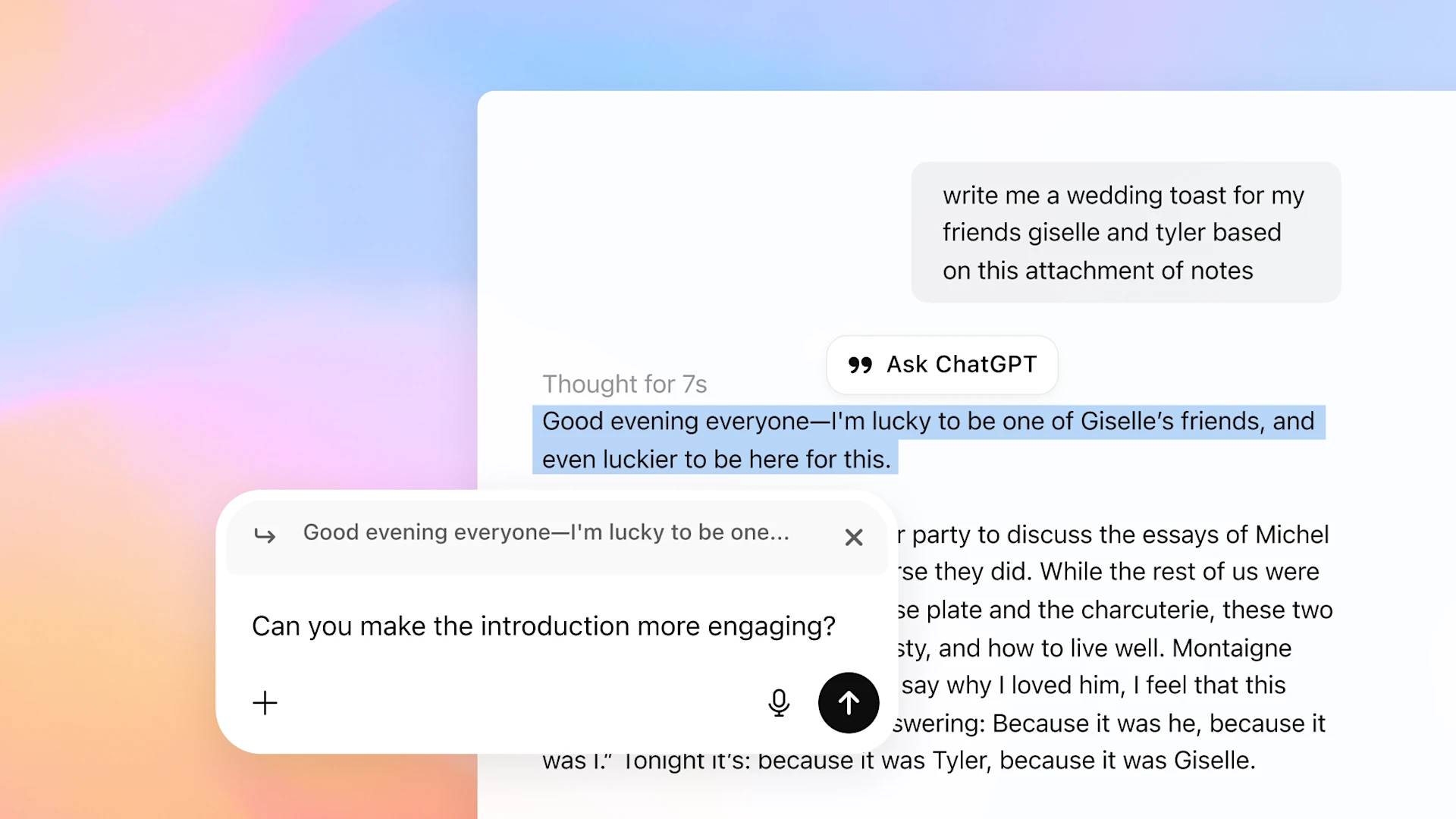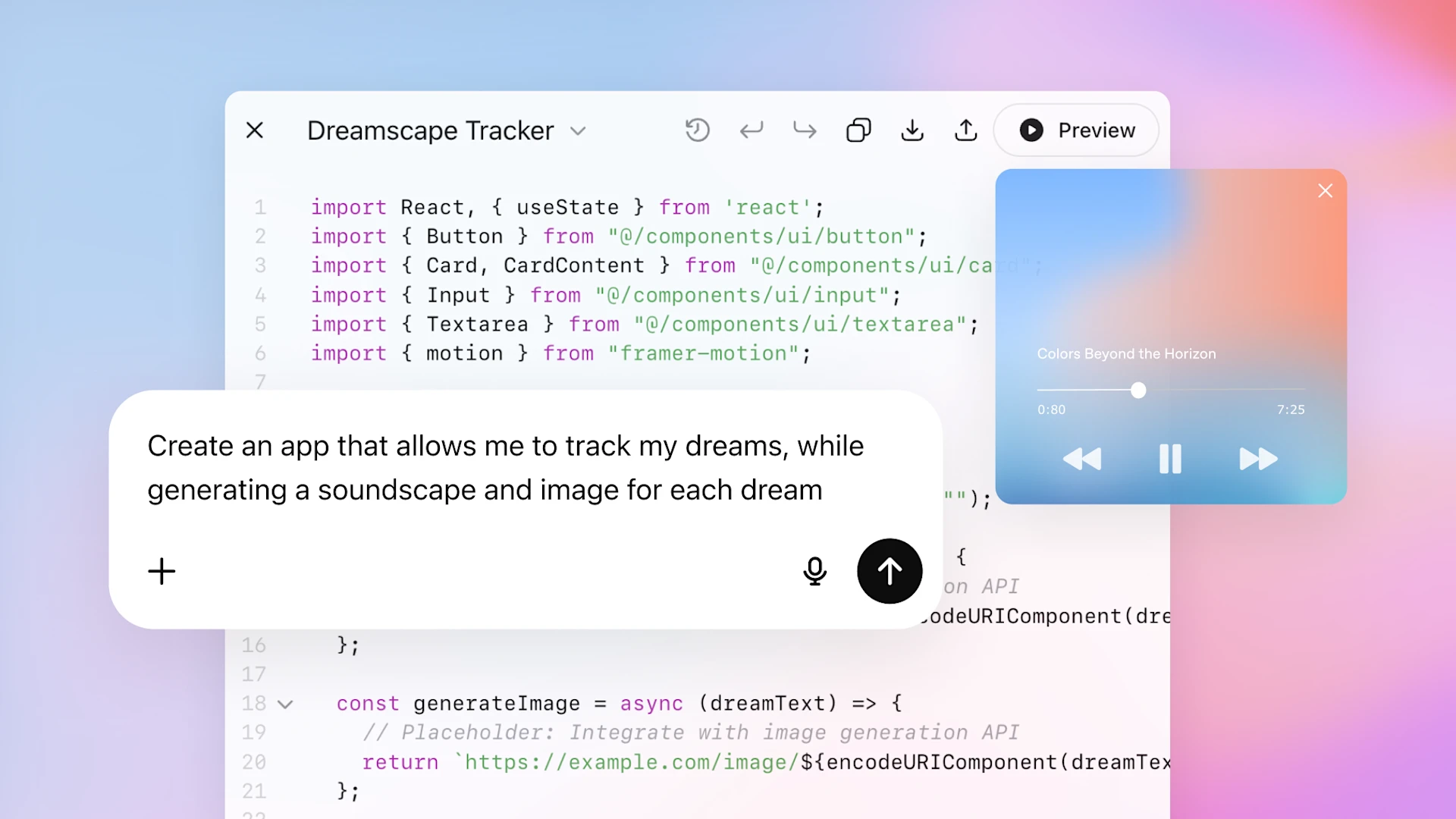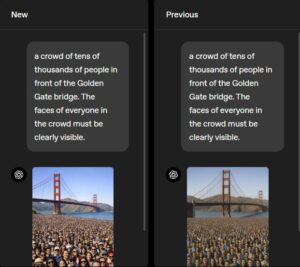OpenAI last week released its GPT-5 AI model which the company describes as a “major upgrade” over GPT-4o and a key milestone in the company’s pursuit of artificial general intelligence (AGI).
According to OpenAI, GPT-5 has enhanced intelligence in domains that include coding, mathematics, writing assistance, health guidance, and visual perception.
Built with the aim of being a “unified system”, GPT-5 can adapt its approach, and can decide to choose when to respond quickly for straightforward questions, and when to think longer for complex tasks that require deep reasoning, multi-step analysis, or creative problem-solving.
In earlier generations, users might have had to manually pick between different “modes” like a fast or light model or a slower reasoning-focused one.
The company says GPT-5 produces clearer, more accurate answers with fewer “hallucinations”, thus providing more accurate answers.
A new feature is safe completions, where the model aims to give the most helpful answer possible within safety limits, instead of refusing or blindly complying with requests.


OpenAI describes GPT-5 as its “strongest coding model” to date, capable of building functional websites, apps, and games without requiring users to know how to program.
Another enhanced capability is more precise, context-aware, and workflow-oriented writing support. In the area of health, GPT-5 is designed to flag concerns, help interpret results, and guide users in preparing for discussions with healthcare providers.
Availability and Access
GPT-5 is available at no charge to all users. However, Plus subscribers get higher usage limits, and Pro subscribers have access to GPT-5 Pro, a version with extended reasoning for more detailed answers.
According to OpenAI, ChatGPT has close to 700 million weekly active users, with 5 million paying business users and 4 million developers building on its API platform.






